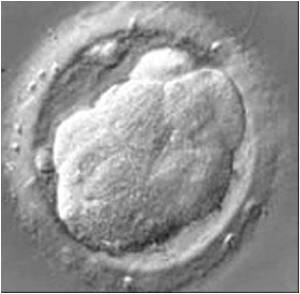Humans began contributing to environmental lead pollution as early as 8,000 years ago, reveals a new study.

"Humanity's environmental legacy spans thousands of years, back to times traditionally associated with hunter-gatherers. Our records indicate that the influence of early Native Americans on the environment can be detected using lake sediments," David Pompeani, lead author of the research paper and a PhD candidate in Pitt's Department of Geology and Planetary Science, said.
"These findings have important implications for interpreting both the archeological record and environmental history of the upper Great Lakes," he said.
The University of Pittsburgh research team-which included, from Pitt's Department of Geology and Planetary Science, Mark Abbott, associate professor of paleoclimatology, and Daniel Bain, assistant professor of catchment science, along with Pitt alumnus Byron A. Steinman (A and S '11G)-examined Michigan's Keweenaw Peninsula because it is the largest source of pure native copper in North America.
Early surveys of the region in the 1800s identified prehistoric human mining activity in the form of such tools as hammerstones, ladders, and pit mines.
The team from the Department of Geology and Planetary Science investigated the timing, location, and magnitude of ancient copper mining pollution.
Advertisement
They analyzed the concentration of lead, titanium, magnesium, iron, and organic matter in the collected sediment cores-finding distinct decade- to century-scale increases in lead pollution preserved from thousands of years ago.
Advertisement
"Collectively, these records have confirmed, for the first time, that prehistoric pollution from the Michigan Copper Districts can be detected in the sediments found in nearby lakes," he said.
The findings are published in the journal Environmental Science and Technology.
Source-ANI









